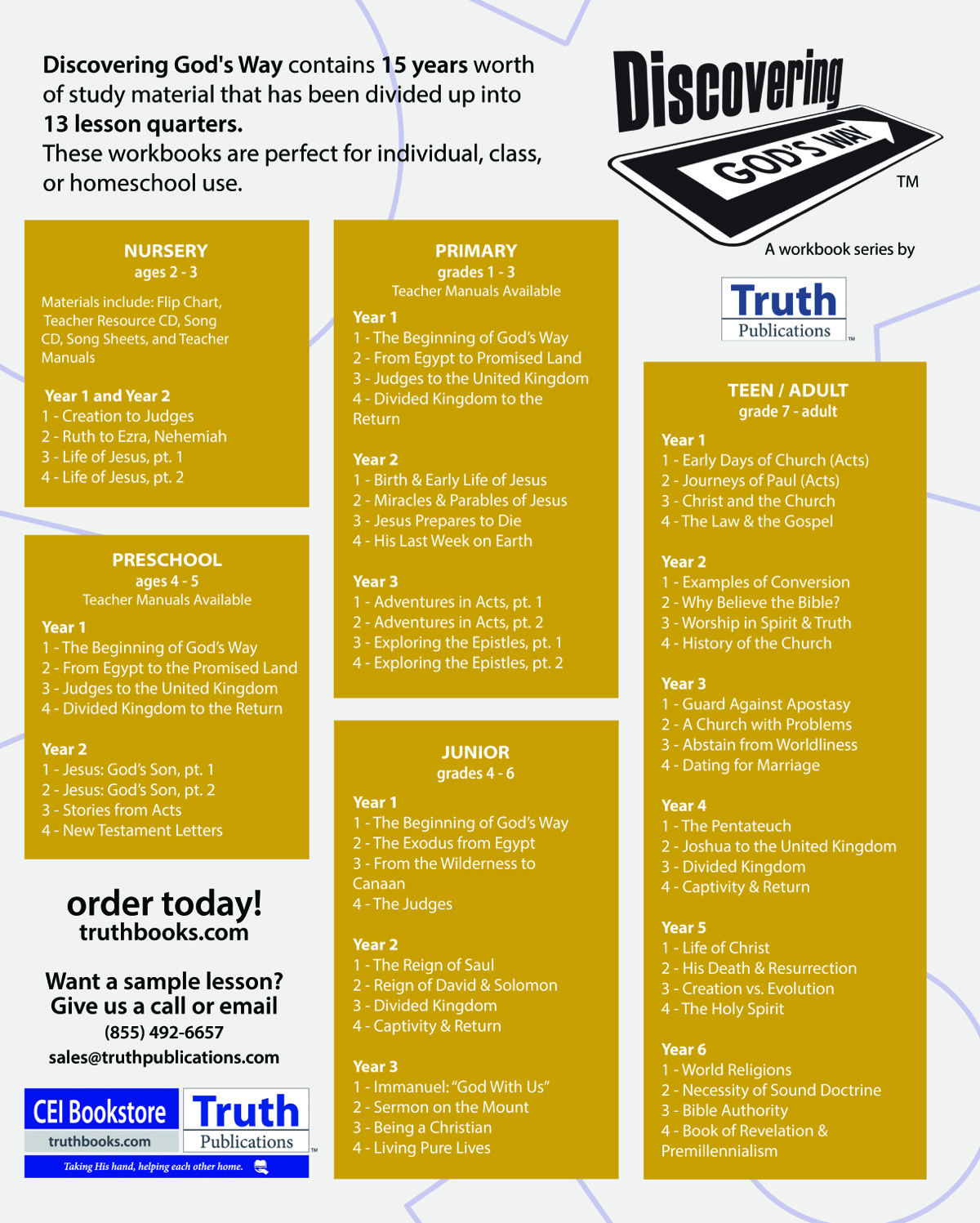by Barry Britnell
Synopsis: A walk around the ancient site of Dan is a visual reminder that the places, people, and events that we read about in the Bible are real.
Traveling around Israel is a very interesting experience, and it is different for every single person. We all like different things. Some people like the serenity of Galilee; others like the crowds and activity in the Old City of Jerusalem. (Hint: I like them both!) Yet, one place that usually ranks high on everyone’s list is a visit to the site of Dan.
We can read about the Israelite settling of Dan in the book of Judges. When Joshua and the people entered the land of Canaan, God instructed the people to drive out all the inhabitants of the land.
The Lord spoke to Moses in the plains of Moab by the Jordan at Jericho, saying, “Speak to the people of Israel and say to them, ‘When you pass over the Jordan into the land of Canaan, then you shall drive out all the inhabitants of the land from before you. . . But if you do not drive out the inhabitants of the land, then those of them who you let remain shall be as barbs in your eyes and thorns in your sides, and they shall trouble you in the land where you dwell’” (Num. 33:50-52, 55).
Unfortunately, the Israelites did not listen to all that God commanded. They failed to drive out all the people of the land. This disobedience had an almost immediate impact. In Judges 1, we read:
The Amorites pressed the people of Dan back into the hill country, for they did not allow them to come down to the plain (Judg. 1:34).
By the time we get to the end of Judges, the Danites were tired of being pushed around by the Amorites and looked for another place to live. In Judges 18, we read:
The people of Dan. . . came to Laish, to a people quiet and unsuspecting, and struck them with the edge of the sword and burned the city with fire. And there was no deliverer because it was far from Sidon, and they had no dealings with anyone. It was in the valley that belongs to Beth-rehob. Then they rebuilt the city and lived in it. And they named the city Dan, after the name of Dan their ancestor, who was born to Israel; but the name of the city was Laish at the first (Judg. 18:27-29).
Today, a visit to the site of Dan is unforgettable. While there are many things to see, much of the site has yet to be excavated. Let us take a brief walk around the site, and I will point out a couple of items of interest.
After the kingdom divided, Jeroboam led the northern kingdom of Israel. From a morality standpoint, Jeroboam was not the leader that he should have been. However, from a political standpoint, Jeroboam did everything he could to succeed. He knew that if the people returned to Jerusalem (which was in the southern kingdom of Judah), that they would not want to return. So, Jeroboam had places built so that the people could worship there.
So the king took counsel and made two calves of gold. And, he said to the people, “You have gone up to Jerusalem long enough. Behold your gods, O Israel, who brought you up out of the land of Egypt.” And he set one in Bethel, and the other he put in Dan (1 Kings 12:28-29).
This place of worship, mentioned in 1 Kings 18, can be seen as you walk around the site today. It comprises an area for a large altar, as well as a place for the golden calf to rest. This wide area would have been visible to anyone walking by the city. In later periods, additions and modifications have been made to the complex. Looking at it reminds you that this single decision, made by Jeroboam, started the people down a path which eventually led to their downfall.
On the eastern edge of the site, there is a very large ancient gate. It is a beautiful arched gate with many of the original mud bricks still intact around it. Many archaeologists date this gate to approximately 1800-2000 BC, which would put it around the time of Abraham. The dating of this gate is significant because of a story recorded in Genesis 14. In that chapter, we read:
Then the king of Sodom, the king of Gomorrah, the king of Admah, the king of Zeboiim, and the king of Bela went out, and joined battle in the Valley of Siddim with Chedorlaomer king of Elam, Tidal king of Goiim, Amraphel king of Shinar, and Arioch king of Ellasar, four kings against five. . . So the enemy took all of the possessions of Sodom and Gomorrah, and all their provisions, and went their way. They also took Lot, the son of Abram’s brother, who was dwelling in Sodom. . . When Abram heard that his kinsman had been taken captive, he led forth his trained men, born in his house, 318 of them, and went in pursuit as far as Dan (Gen. 14:8-9, 11-12, 14).
Verse 14 states that Abraham and his men went “as far as Dan.” If you can conclude from that verse that Abraham went into the city of Dan, then it is entirely possible that Abraham went through this gate.
So, what is the point of studying about these places? It reminds us that the places in the Bible are real. The people were real. The stories we read in the Bible are real. Once you have been reminded of that, then it is up to every single one of us to determine in our own lives what we are going to do with that information.
Bonus thought question: If the city of Laish was not called Dan until the end of the period of the judges in Judges 18 (about 1100 BC), then how could Moses refer to the city as “Dan” in Genesis 14 (which he wrote around 1400 BC)?
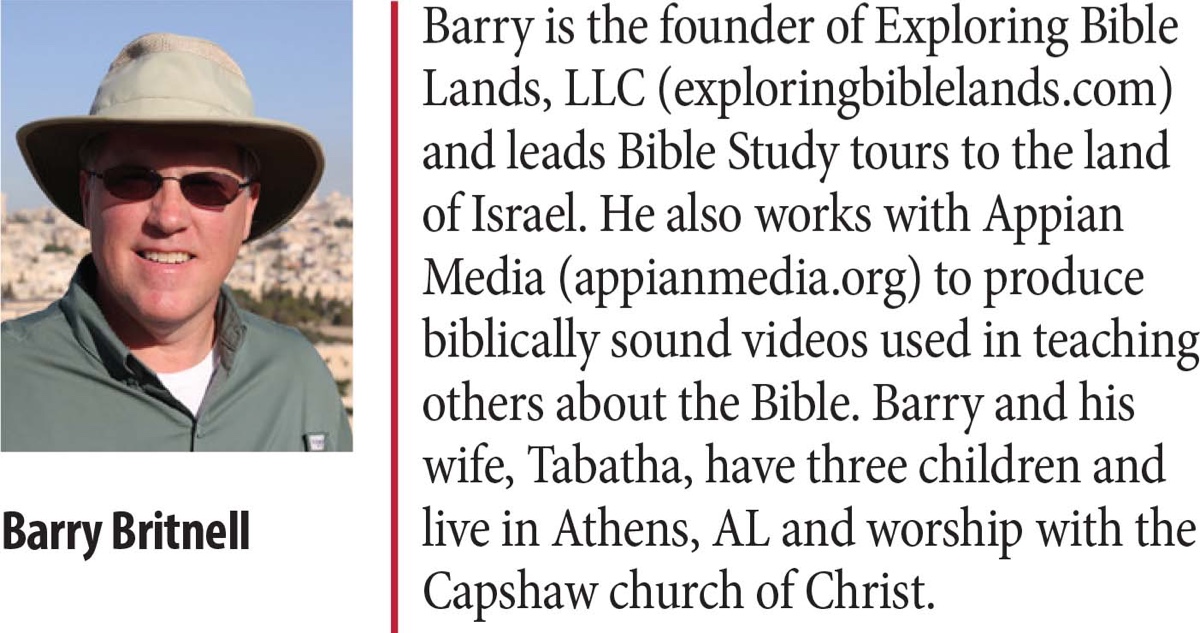
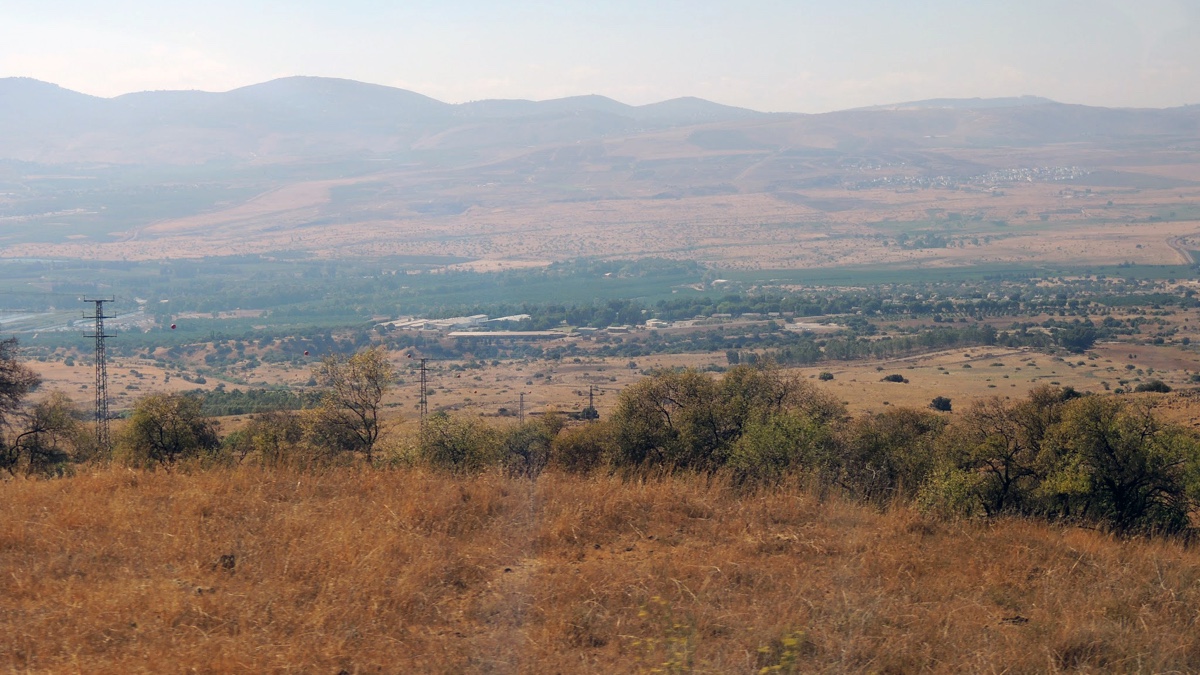
Image-1 Caption: Beth Rehob
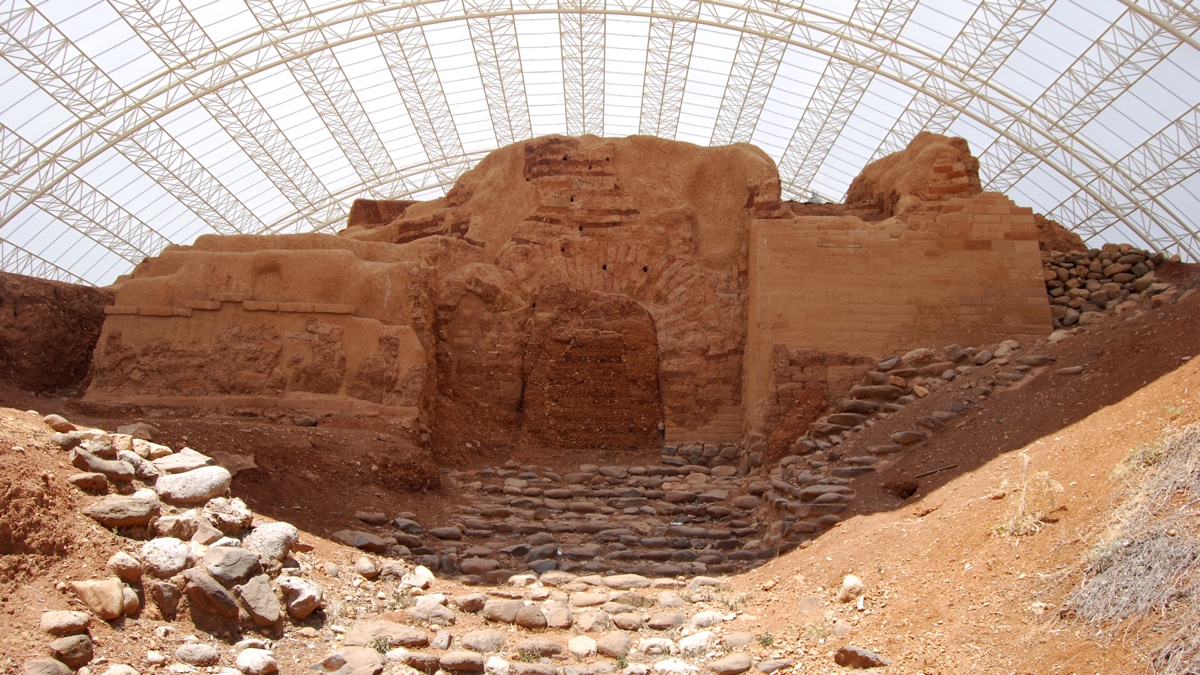
Image-2 Caption: Bronze Age Gate
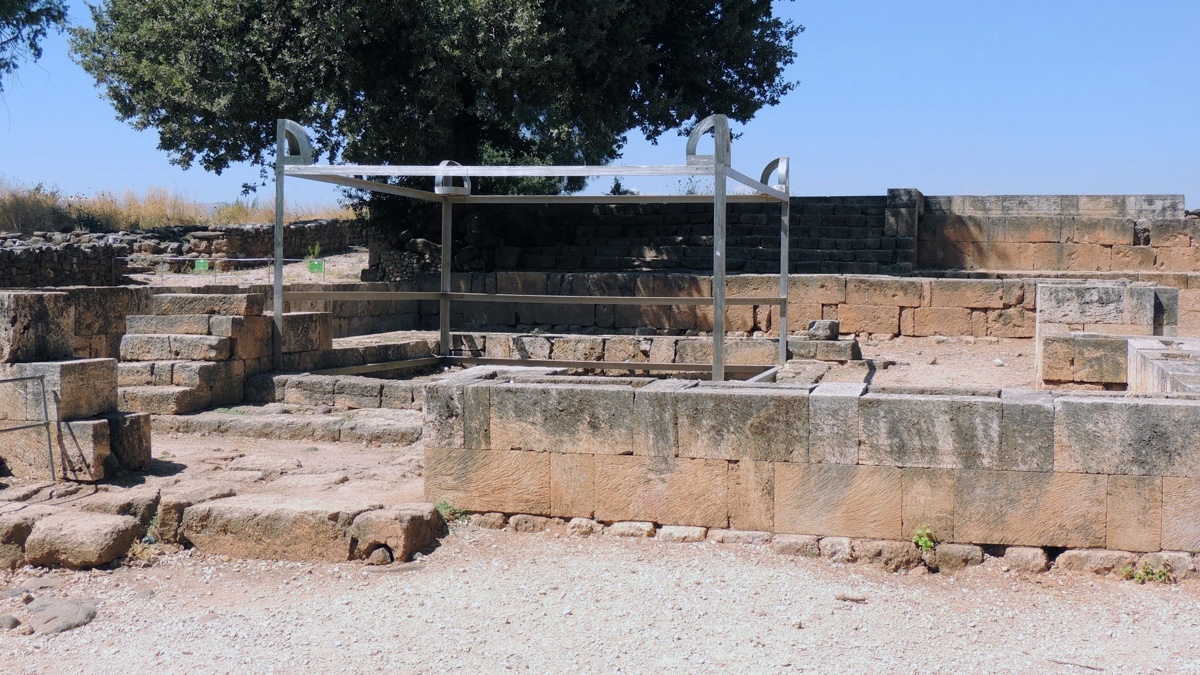
Image-3 Caption: Jeroboam’s High Place

